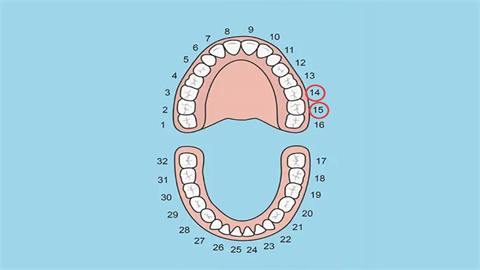How to best repair large gaps between teeth
Generally speaking, there is no single best method for repairing large gaps between teeth. Methods for addressing diastema (gaps between teeth) include orthodontic treatment, dental veneers, porcelain or all-ceramic crowns, resin bonding, and periodontal therapy. Detailed explanations are as follows:

1. Orthodontic Treatment: This is one of the most common and effective methods for correcting dental gaps. By wearing customized orthodontic appliances such as metal brackets, ceramic brackets, or invisible aligners, the position of the teeth can be gradually adjusted to reduce the gaps. The treatment typically lasts 1-3 years, and retainers are required afterward to maintain the results.
2. Dental Veneers: This is a quick and effective method for closing gaps. Veneers are thin, durable porcelain shells that are bonded to the front surfaces of teeth to cover gaps and other dental imperfections. They offer good aesthetics and durability but are relatively expensive.
3. Porcelain or All-ceramic Crowns: This method involves reshaping the tooth by reducing its size and then covering it with a porcelain or all-ceramic crown to close the gap. It is suitable for cases with large gaps and teeth that have significant wear or decay. However, this approach requires grinding down the natural tooth structure, which may cause some damage.
4. Resin Bonding: This involves directly filling the gap with a resin material. It is a simple and cost-effective option. However, the results may not last as long as with other methods.
5. Periodontal Therapy: If the large gaps are caused by gum recession due to periodontal disease, periodontal treatment should be performed first. By treating the periodontal condition, the gums can be restored to health, which may help reduce the gaps.
Regardless of the chosen method, maintaining good oral hygiene through regular brushing and using cleaning tools such as dental floss is essential for preserving oral health.




